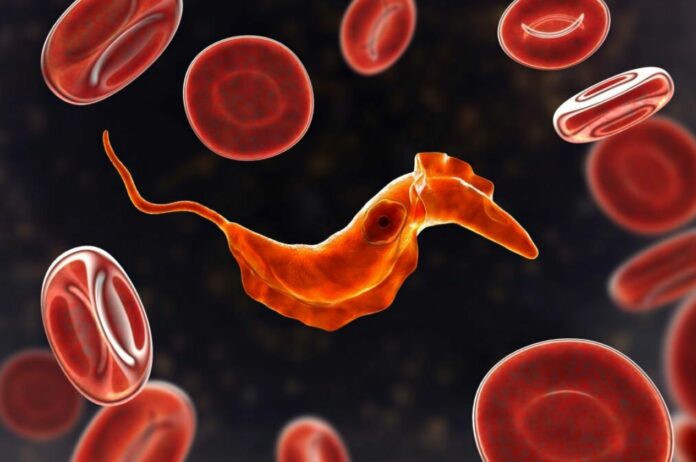Not just another sleep disorder, ‘Sleeping Sickness’ poses a deadly risk and it exhibits only minor symptoms until it gravely affects the central nervous system.
The World Health Organisation is cautioning travelers about the “sleeping sickness” – known scientifically as Human African trypanosomiasis (HAT), a condition that can be deadly if not addressed promptly.
Tsetse flies, carriers of the disease-causing parasites from previously infected hosts, transmit HAT to humans through their bite. Predominantly found in sub-Saharan regions, only select species of these flies are disease vectors.
Individuals in rural zones, those involved in farming, fisheries, livestock or hunting, are particularly vulnerable. Additionally, tourists exploring outdoor attractions or wildlife reserves in sub-Saharan locales face significant risks.
As HAT develops, it can lead to severe brain inflammation, resulting in coma or death, hence its more familiar moniker, “sleeping sickness.”
An alarming 60-70 million people across 36 countries in sub-Saharan Africa remain exposed to this ailment.
In a recent 2021 report by WHO, there’s been a drop in HAT cases to 747 from a staggering 37,000 in 1998. Geneva-based WHO representative, José Ramón Franco, optimistically states, “We are advancing very well but we [haven’t] reached the last mile.”
Currently, no preventive measure in the form of vaccines or medication exists for African trypanosomiasis. However, an innovative drug, acoziborole, holds the promise of potentially wiping out this disease.
If you suspect exposure to HAT, four key signs to be aware of include fatigue, high fever, headaches, and muscle aches.
Regrettably, many might harbor the parasite for extended periods without noticeable symptoms. When these symptoms manifest, they often indicate advanced stages where the parasite breaches the blood-brain barrier, leading to cognitive issues, seizures, and mobility challenges.
The fatality rate of untreated HAT is alarmingly high, nearly 100%. Annual deaths range between 50,000 to 500,000.
HAT has two main variants: West African, primarily affecting humans, and East African, mostly targeting animals. The former can be fatal within a few years if not addressed, while the latter can lead to death within mere months. However, the East African version represents a meager two percent of human infections in Africa.
Diagnosis involves blood tests, supplemented with a lymph fluid examination from enlarged neck lymph nodes.
For the West African strain, early detection can be treated with Pentamidine, while advanced cases might require Eflornithine.
Prevention hinges on evading tsetse fly bites. Eisai, a leading pharmaceutical firm, recommends avoiding vibrant or excessively dark attire and steering clear of tsetse fly habitats during daylight hours.
Image Credit: iStock
